Twenty-five years later, its recipe has become mainstream. Now that there are competitors of all types, the Toyota Prius does the same once again. Only better than ever
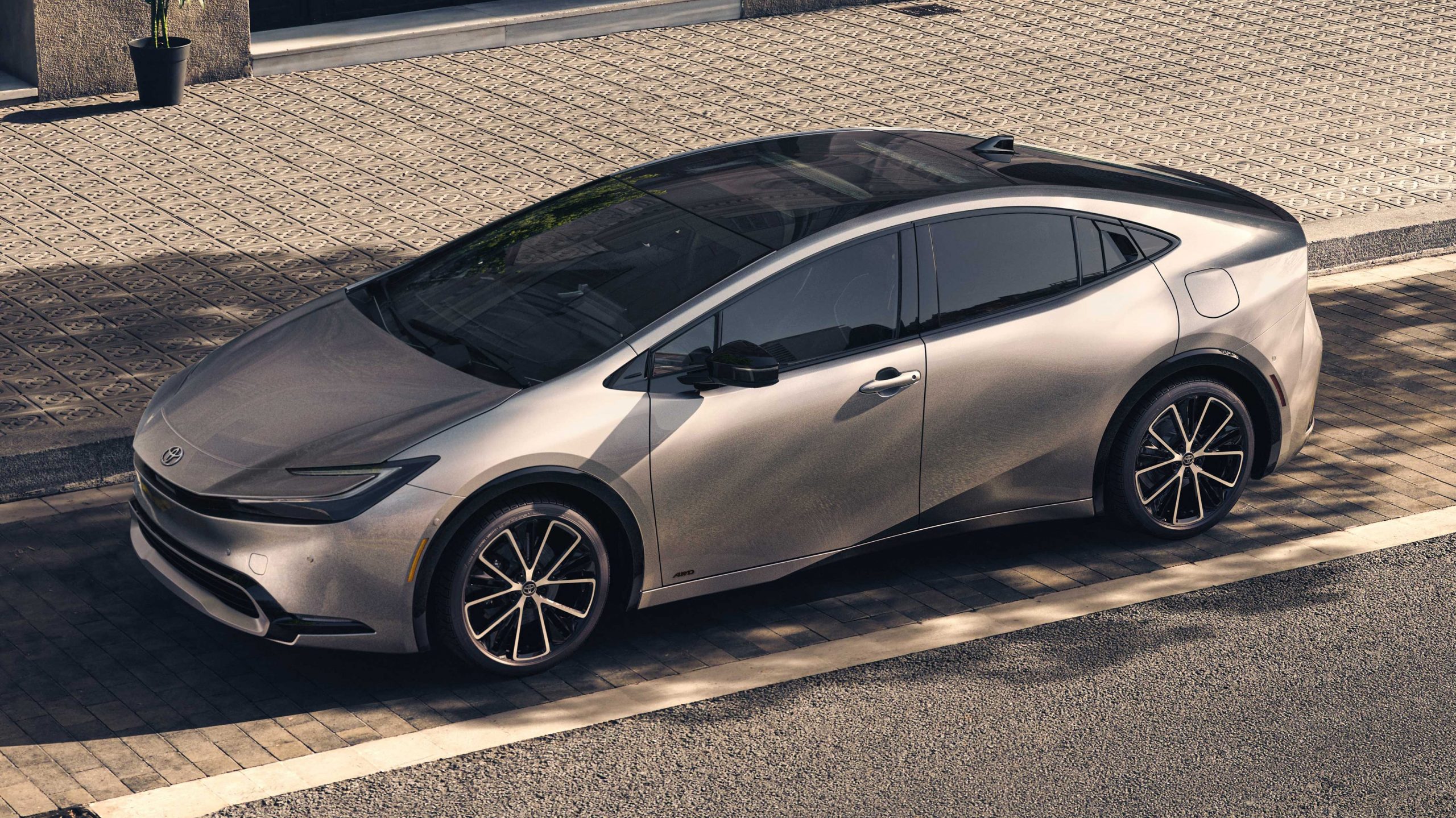
Everyone knows at least the basics of this car’s history. It is the very first hybrid car to become mainstream around the world. Pairing the technology’s excellent mileage with Toyota’s reputation of reliability proved itself a winning formula. The Prius has become a major step to normalize electrification. We know that.
What motivated me to write this article is another characteristic of that car; one that may not be so flashy, but is important, nonetheless. The Prius is a dedicated hybrid car. Car jargon aside, it was created for that specific purpose. That has made it interact with the market in a unique way. Let us give that a closer look.

Predecessor of cars to come
Our concern with environmental protection grew at a faster pace than our technological development. In the 1990s, we already knew that thermal engines were harmful. However, electric propulsion for cars was simply inconceivable back then. It would need both sharp technical improvement and cost reduction.

The Prius emerged to defend hybrid propulsion as an alternative. In this layout, the electric motor plays a secondary role: it works alone primarily in city driving, where there is low acceleration and many chances to recharge the batteries whether using the thermal engine or by recovering energy from braking.
The decision to create a whole new car around this technology was wise for two reasons. One is that there were no traditions to respect; Toyota could make it as aerodynamic as necessary. The other is that the rest of the line was intact. If the Prius failed in the market, it could be removed with no further consequences.
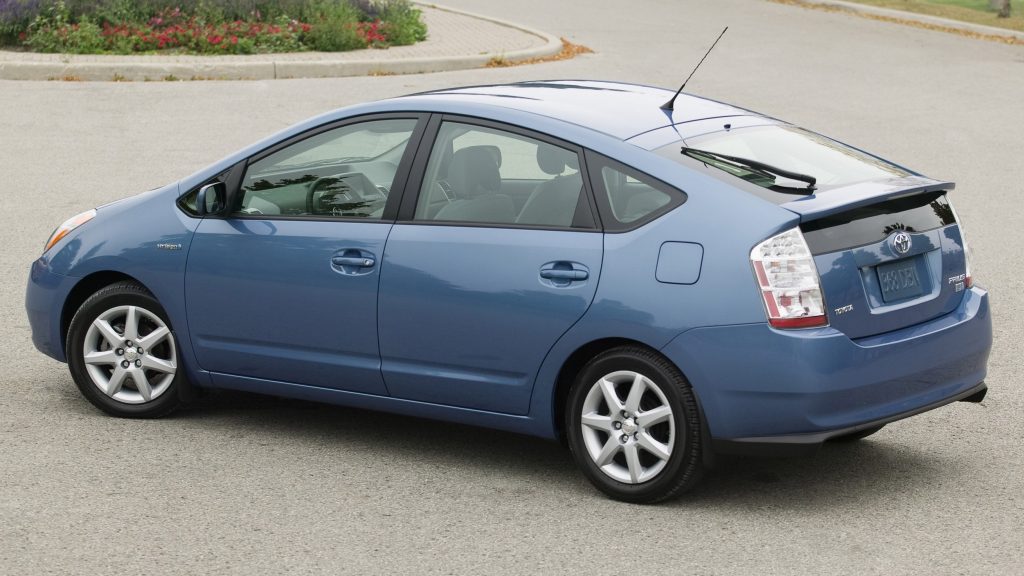
The hybrid way of life
We can say that, over time, the Prius laid a guilt trip on people. Everyone found it strange, to say the least, but they knew it represented the right thing to do in terms of cars. Toyota ended up dividing people into two groups: those who reject it entirely, and those who embrace it to the point of making it a lifestyle.
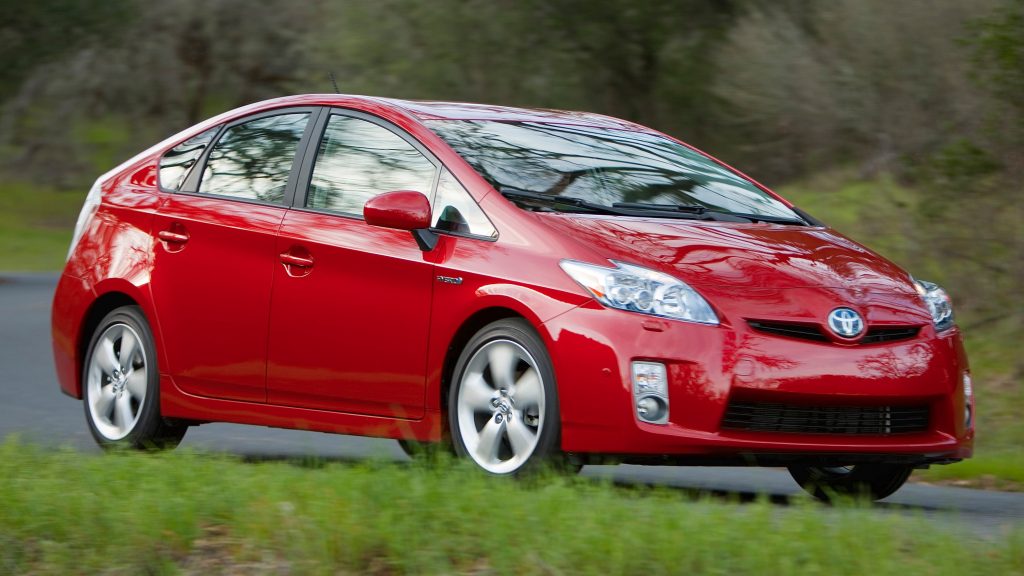
While the Corolla, RAV4 and other models kept doing their thing, the hybrid model managed to build its own image. It has even permeated pop culture, with all the good and bad consequences – it became the symbol of the stereotype which surrounded people with environmental concerns back in the 2000s.
Although the Prius was selling well – 500,000 units from 2012 to 2013 –, Toyota knew it had to work on its image. The evolutionary redesign of 2009 enhanced its rational persona to the point of making it divisive. That is never desirable because it limits its potential clientele. The maker had to do something different.

Looking good while working hard
The fourth Toyota Prius became even more efficient, but that was already expected. The real news was the impactful style; it embraced its quirky self to the fullest. By 2017, Toyota had already expanded its hybrid technology through most of its model lineup, so the pioneer became the halo car of the niche it created.
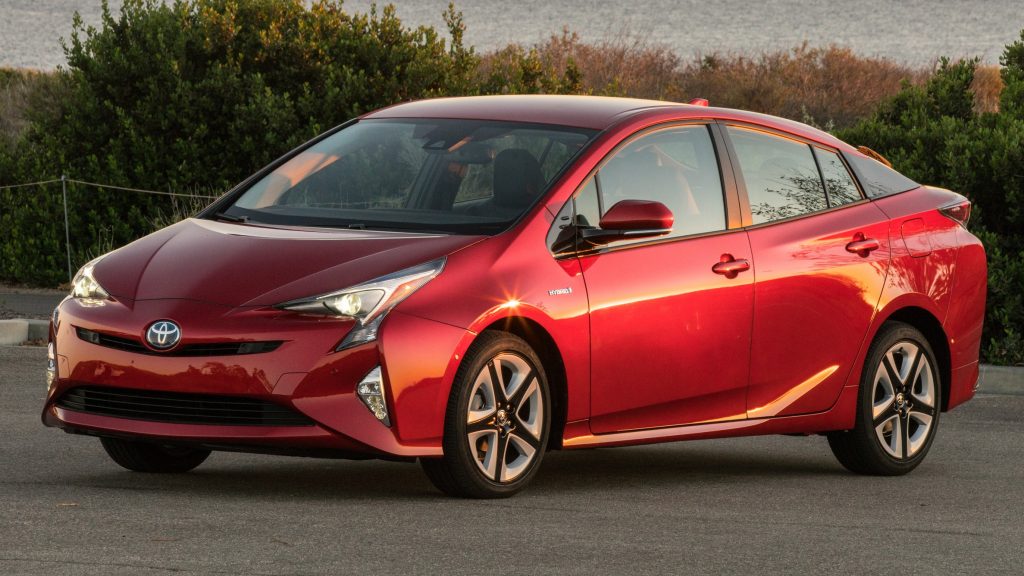
Then again, Toyota would never perform a drastic change on a winning team. The plug-in hybrid variation came at the same time, but with more elegant looks and a premium approach. This way, it represented a more conventional option capable of attracting non-enthusiast consumers to the dedicated hybrid car.
While the car has become technically better than ever, it still cannot beat the passage of time. Since 2017, newer car models have appeared with higher range, fully electric propulsion as a whole has become more realistic, and SUVs have become popular – even in Toyota’s line. It was time for the Prius to change again.

The drama of the dedicated car
Toyota built the Prius’ very essence around the fact that it is a hybrid car. Chrysler did the same with the Turbine Car in the 1960s, GM tried it with the EV1 in the 1990s… and, more recently, Tesla built itself from only employing electric propulsion. The truth, however, is that dedicated cars are a blessing and a curse.
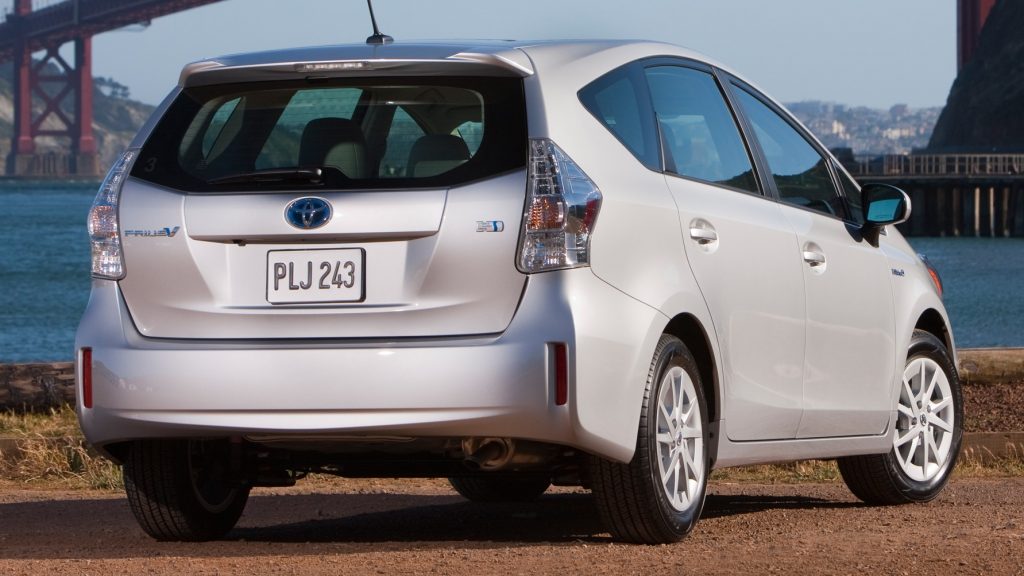
At first, they are an easy solution. The company can isolate all the risks in a new car. If people like it and it sells well, great. But if things go wrong, it can phase out the newcomer and just focus on its bread-and-butter again. Nissan Leaf, Renault Zoe, and Volkswagen ID.3 are some other examples of that strategy.
The problem is that technological innovation is a fugacious sales argument. Once the pioneer does well in the market, the rest of the industry will obviously follow it. The dedicated car ends up losing its sales edge because it is no longer different. The more it relies on it, the more irrelevant it becomes all of a sudden.
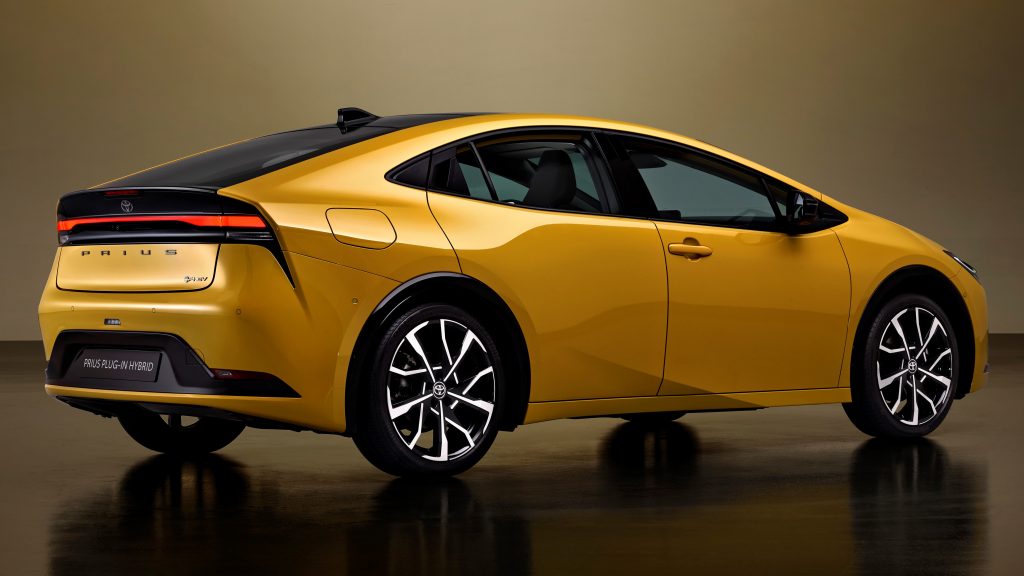
The best Toyota Prius ever
Liftback body, hybrid technology, Kammback design… The Toyota Prius has acquired quintessential design elements over the years, and they are all there again. However, give it a look: it is entirely different. It has become more than a “good”, effective car. The Japanese company has made it desirable for the first time.
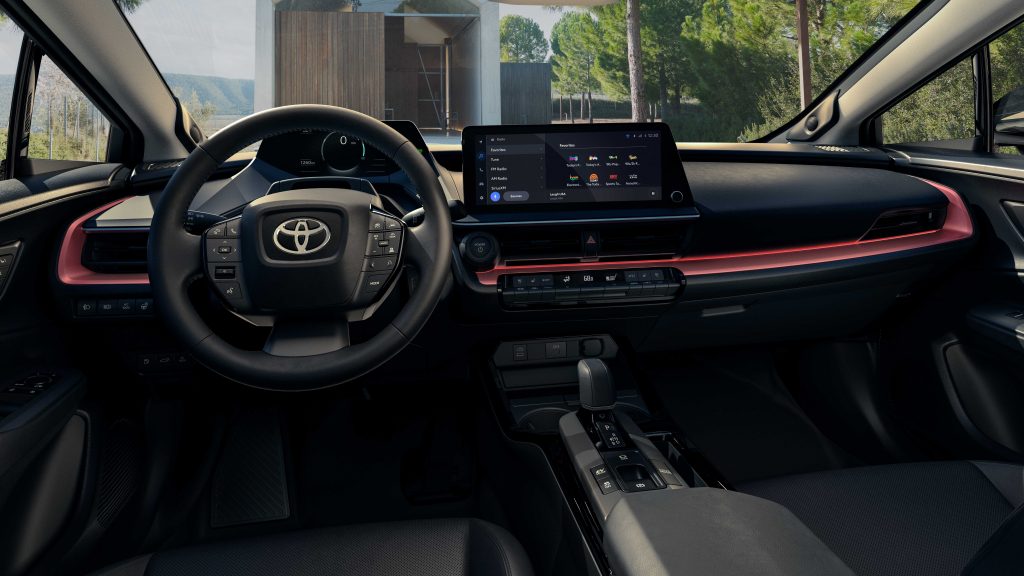
This car is a coupé-like hatchback in an SUV-ridden market. As Road & Track has published, buying one is a choice – and Toyota knew it needed to keep providing reasons for that choice. It could have phased it out and merged its technology into the Corolla, but it chose to make both cars interesting separately.
The Toyota Prius has become that character of TV shows who used to be introverted and geeky, then got new clothes and started to work out. It has become a more attractive version of itself, with all the features which have made it the car we know. Toyota is confident that this revamped image will make it survive.
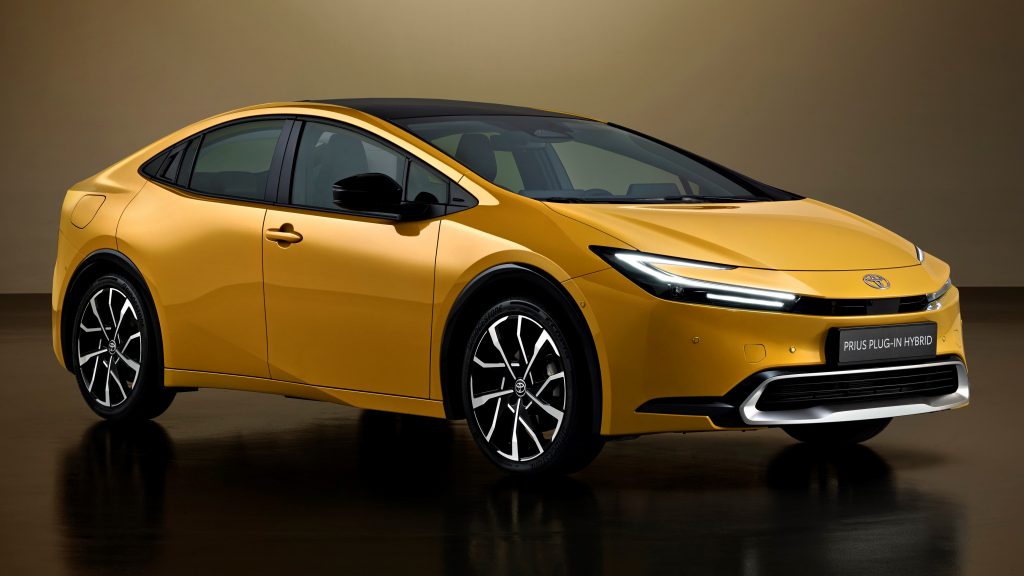
Toyota Prius from now on
The car has managed to add a new strong suit, so we can only expect it to sell more at first. The problem is that, since hybrid propulsion has become mainstream and is even being superseded by the electric one, the Toyota Prius is still in danger. Eliminating dedicated cars tends to become the norm in the next years.
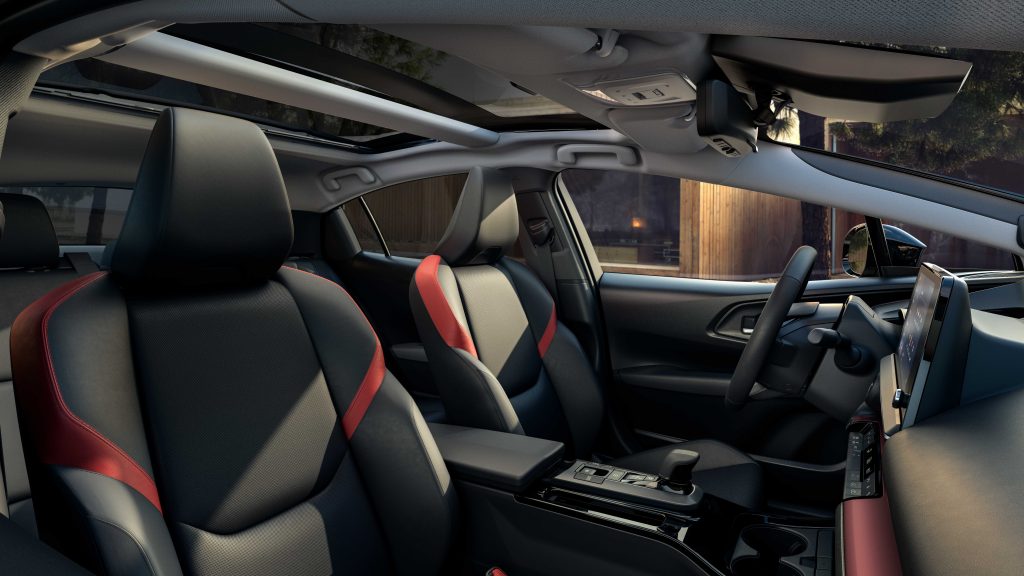
The halo car strategy we mention in a few paragraphs above seems interesting. Adding emotional value is always useful to keep up a car’s prestige in the market. This way, the Prius will become a stylish alternative to the Yaris and/or the Corolla, depending on the region. It may even lure buyers away from the RAV4.
For now, we can say that Toyota pulled an unexpected trick. That is completely fitting to a car named “the predecessor”, but it is still fascinating to analyze. Do you think that this new generation has what it takes for the Toyota Prius to stay relevant on the market? Or would you suggest any other particular features?
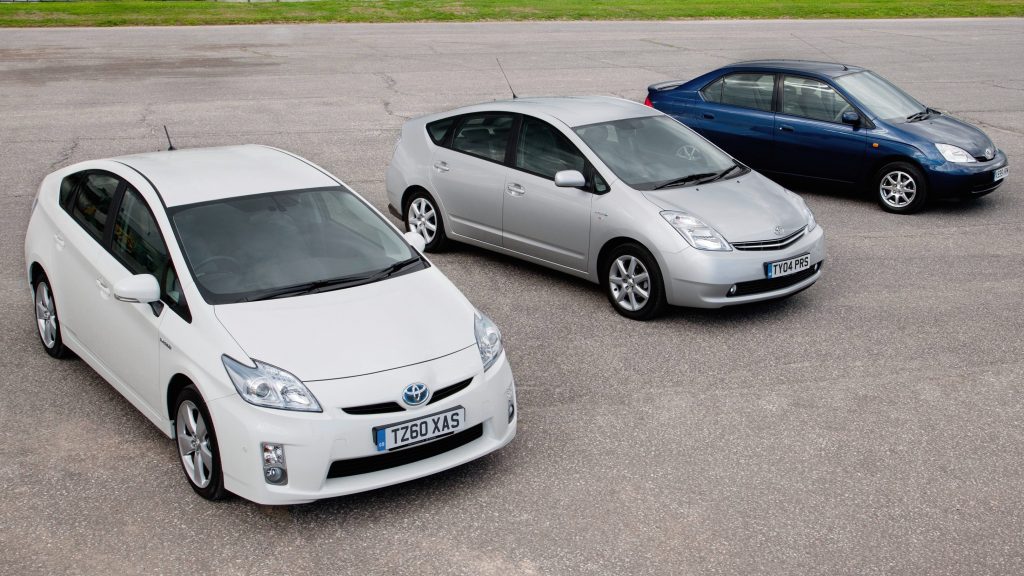
Sources
- 2023 Toyota Prius Hybrid First Look: Hold On, This Is a Prius? – Motor Trend
- Tested: 2022 Toyota Prius Prime’s Time Has Come and Gone – Car and Driver
- The Prius Is No Longer Toyota’s Best-Selling Hybrid—Wait, What? – Automobile Magazine
- The Toyota Prius Is an Enthusiast Vehicle – Road & Track
Danillo Almeida has explored his passion for cars in two distinct ways. The first one is his graduation course in Mechanical Engineering, which will hopefully lead to a job position in the field. The other one is expressing his knowledge and opinions on the matter through writing. Almeida has already contributed to blogs, stores, and websites in general writing automotive content in many formats.



